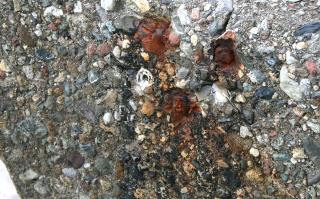The drive for alternative raw materials has put the spotlight on fly ash and pozzolanas. However, their use in cement has been around for some time. This month Arthur Harrisson looks at their origin and performance in cement.
A pozzolana is a material which, when mixed with a hydraulic cement, will react with the lime from the cement and water to produce cementitious hydration products of its own. The most familiar types of pozzolanic materials in common use are low-limed fly ash and silica fume, which are the residues from other industrial processes. Other artificial materials that are utilised for their pozzolanic properties include rice husk ash, burnt shales and burnt or calcined clays.
Some of the earliest-used pozzolanas were natural materials found in the region around Mount Vesuvius, a volcano in southern Italy with a notoriety for destruction. Volcanic rocks still provide a source of reactive materials that can replace Portland cement clinker with beneficial effects on concrete quality, in terms of durability and also by minimising the CO2 produced to manufacture the cement.
